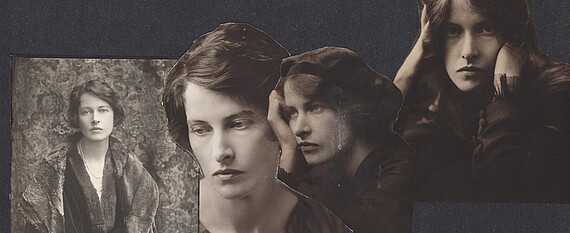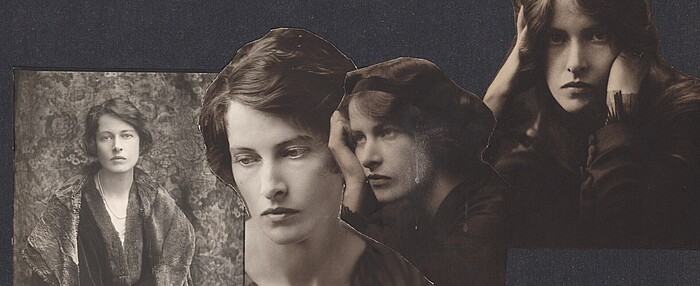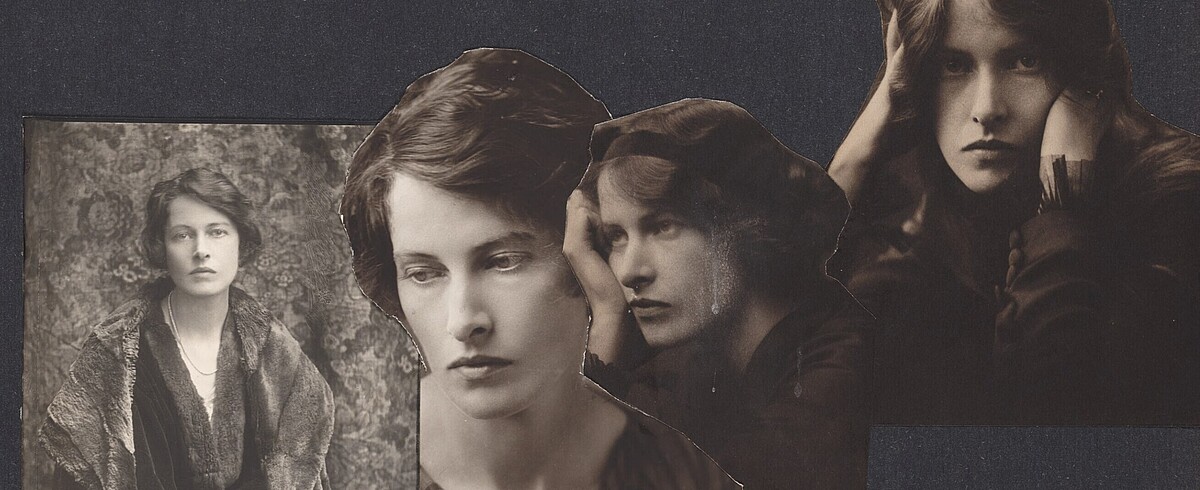Research Project



Scraps of Modernity: The Work of Reproducible Images in Early 20th Century Scrapbooks
This sub-project will trace the travel routes of reproducible images in modern print and visual culture. Against the backdrop that they constitute the visual repository of mass and avant-garde cultures in the early 20th century, it will focus particularly on the work these kinds of images can perform when pasted into the semi-private medium of a scrapbook.
Reproducible images may seem to be marked by repetition and replication. Yet their meanings change in compliance with the media through which they are enacted. The same image can be part of an illustrated magazine, a collage, a correspondence, or a scrapbook. While the image itself remains identical throughout its journey, its meaning varies.
This circumstance also points to the transgressive potential of reproducible images during the first decades of the 20th century. They were appropriated within a great number of different media by a great number of different people. This does not only allow to understand mass culture and the avant-gardes of the 1910s and 20s as mutually influential, but shows that there are no stable contours around the scenes and communities, projects and protagonists: they overlap and shapeshift.
This project focuses on the medium of the scrapbook as a particularly pertinent tool that mixes, merges, conjoins and cuts up reproducible images to let seemingly fixed categories collapse. While doing so, it will take into account scrapbooks by a wide variety of people. It will address scrapbooks of everyday readers as well as scrapbooks of avant-garde groups and artists such as The Pool Group or Hannah Höch. By doing so, the project aims to contribute to a discourse that perceives of modernism not as an enterprise of a few but as a conglomerate of many participants.
